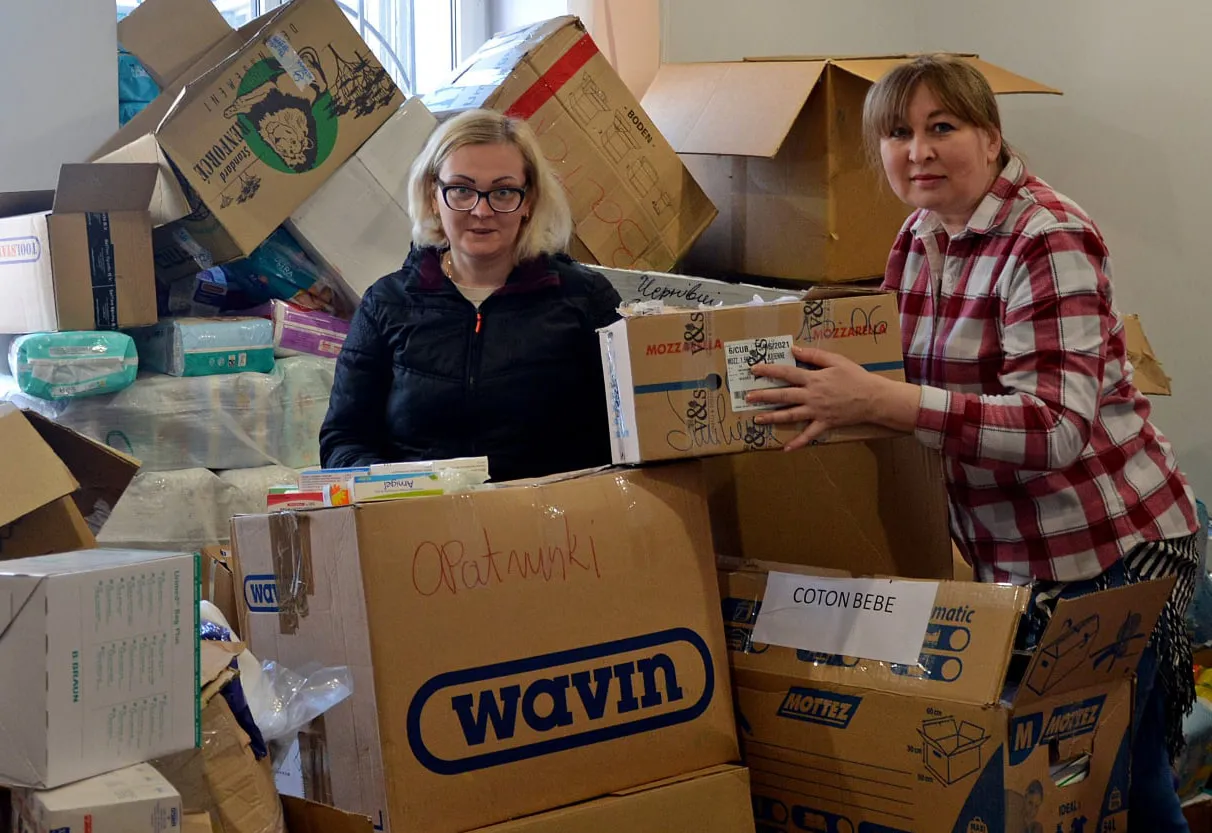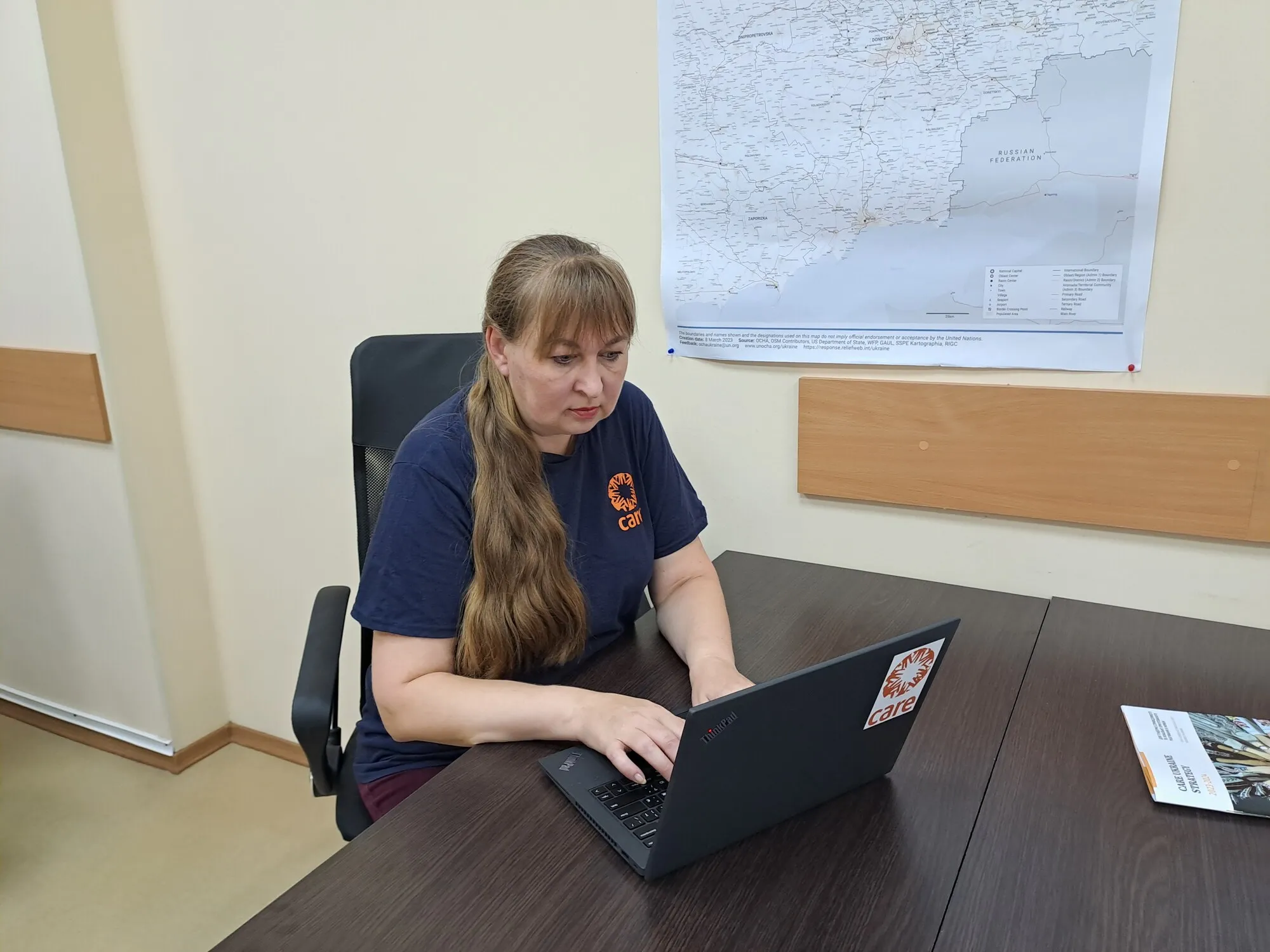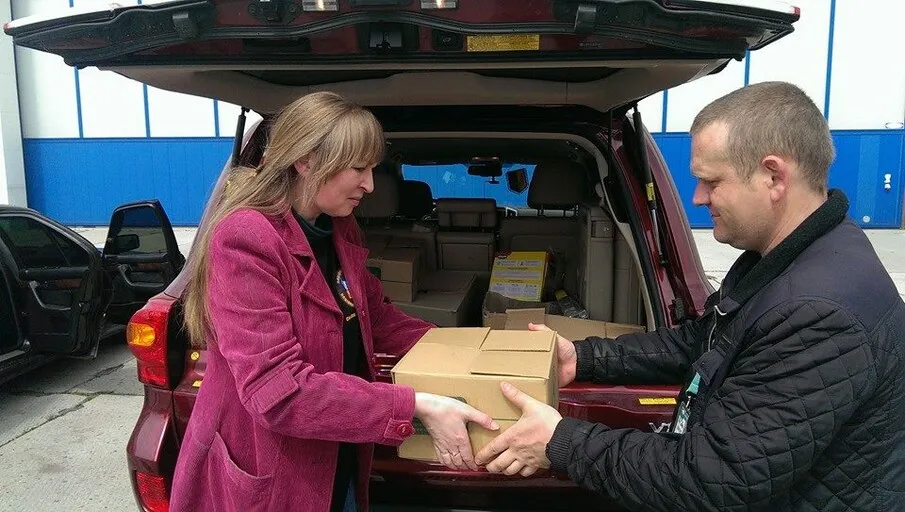Faces of the rescued
Over the years of volunteering, Irina has helped hundreds of people. Now, she often regrets she did not start chronicling those events from the beginning. There were so many people’s stories that they have intertwined and mixed in her mind.
“At first, I memorized their names,” she says. “I kept in touch with them. Now there are so many of them that they have merged into a kaleidoscope of faces I remember only faces and stories. I remember a young woman we rescued from Sievierodonetsk. She was holding a child and a bag with children’s things in one hand, and a sewing machine in the other, which later helped her earn a small living.
“I remember a family that ran out of the basement of a completely destroyed house to meet us with only documents and a kitten in their arms.”
“I remember when we were transporting so many people that they were just sitting on the bags. But we still carried a chinchilla, a fish in a bag and a shepherd dog.”
After they arrived in Dnipro, Irina looked for shelter for some people, sent some to the hospital for rehabilitation, while others decided to move on and take an evacuation train to the West and abroad. Irina is proud that everyone she evacuated made it out alive and can continue to build their lives.
“I let all these stories pass through me,” she says. “But I also had to write chronicles so that I could tell my children and grandchildren that war is about people. That you know them personally, that they are individuals, not just statistics and numbers.”
War’s lessons
“This war has one small advantage, no matter how scary it may sound,” Irina says. “The war made it possible to see the true qualities of people, to understand who is filled with what.” She recalls that her keen sense of justice has always distinguished her from others. But now, more than ever, it has become a litmus test for her work.
Now, armed with support from her family, Irina feels that she is in her place. Together with CARE, she can plan large-scale projects aimed not only at evacuating people but also at providing long-term support to survivors: financial, psychological, and legal. This makes her happy even in this burning vortex of war. Individuals like Irina exemplify that volunteering and humanitarian aid are not just professions, but also states of mind.



